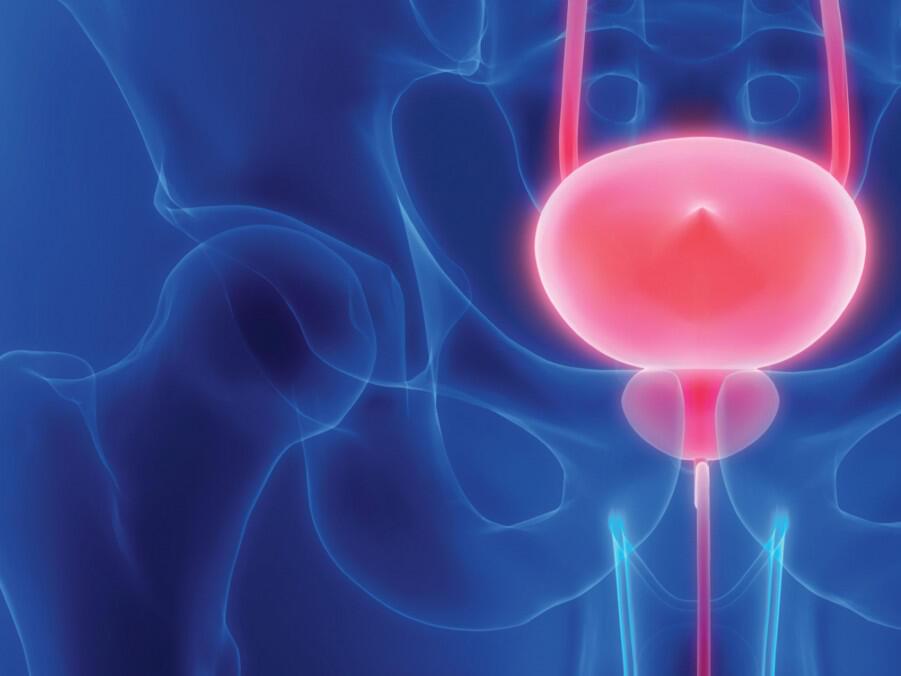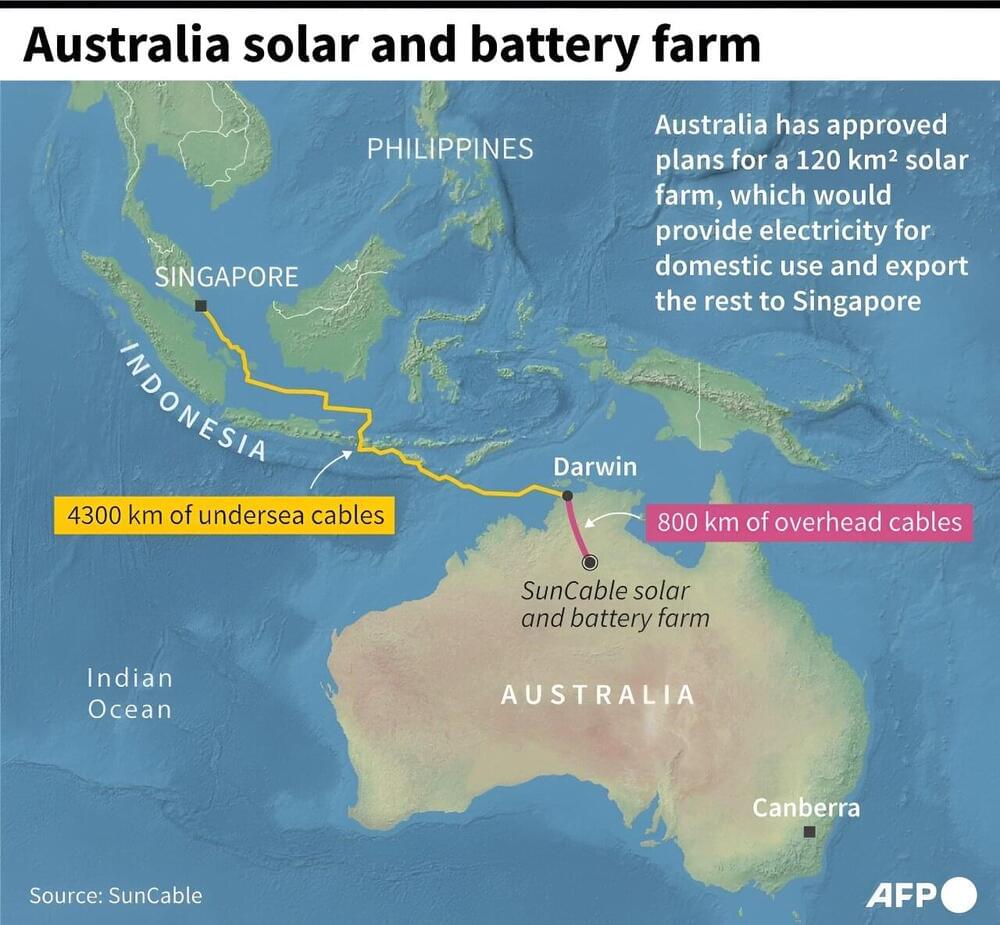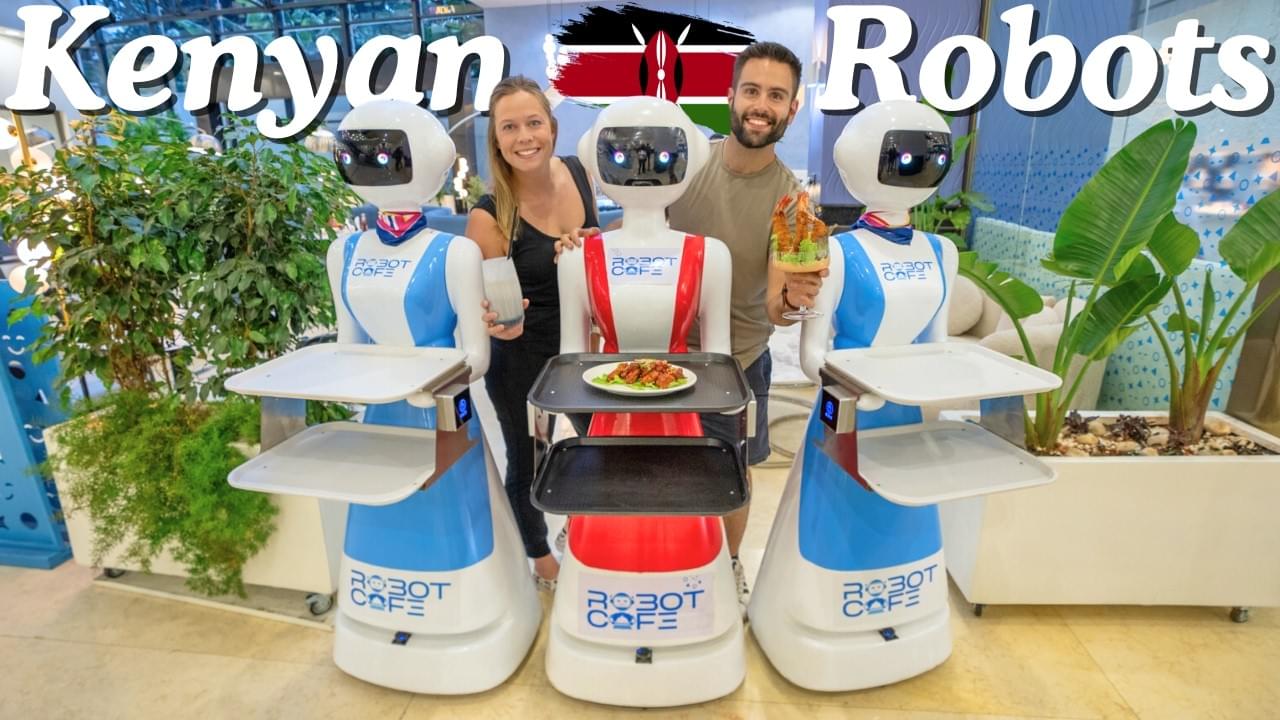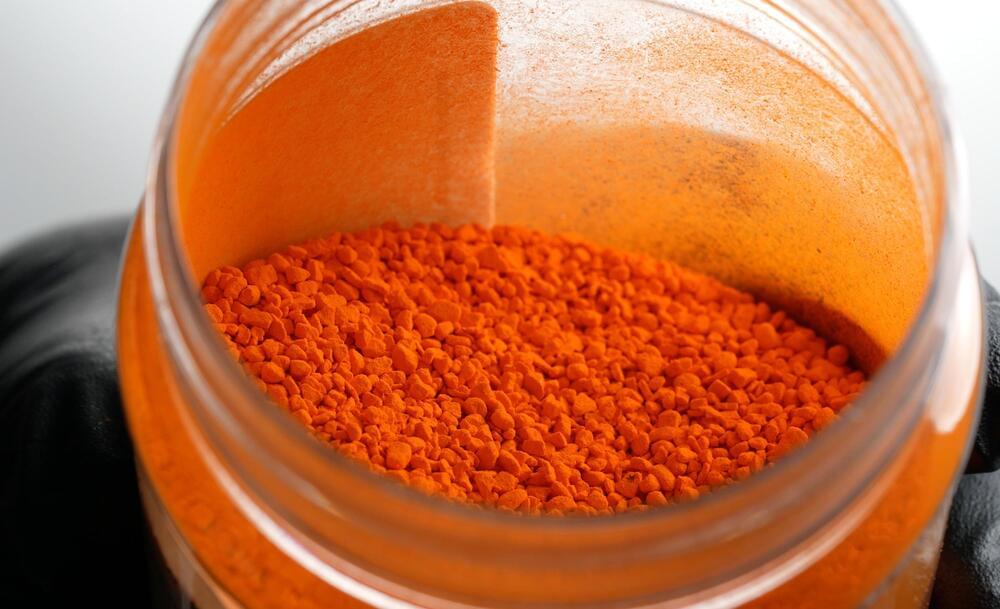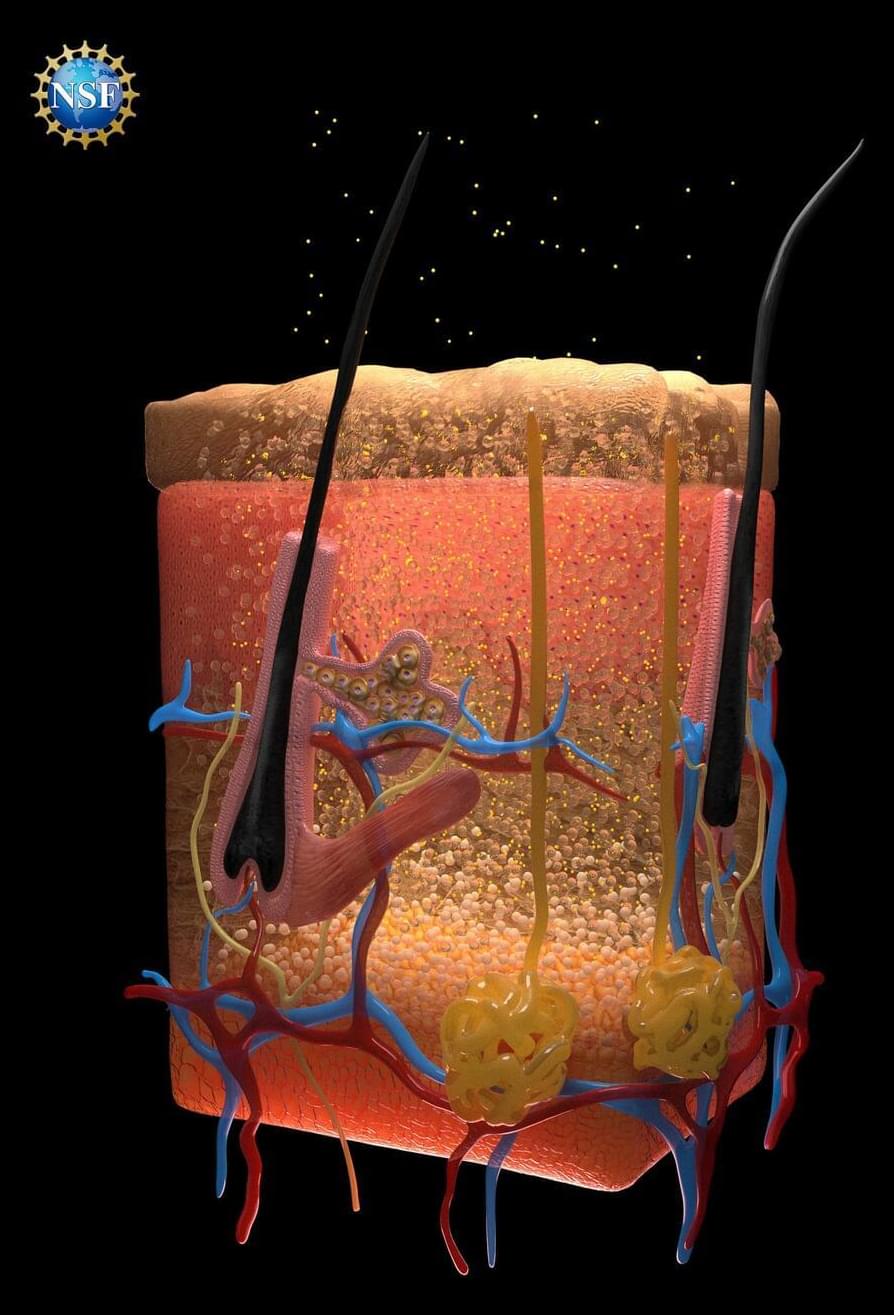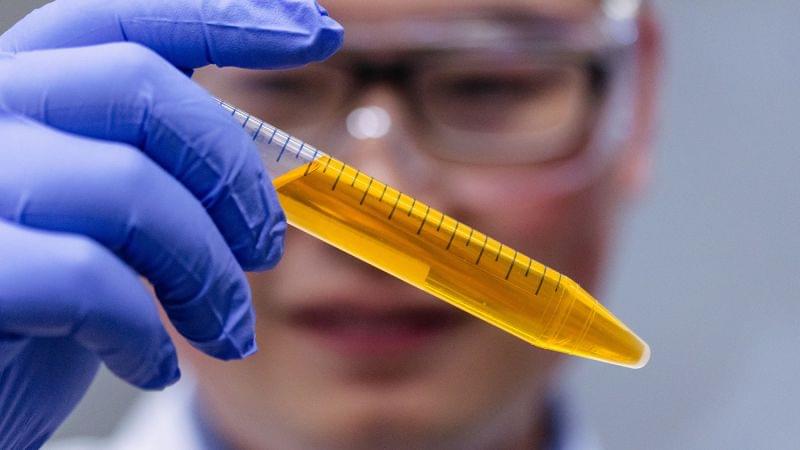Sep 17, 2024
Immunotherapy After Surgery Helps People With High-Risk Bladder Cancer Live Cancer-Free Longer
Posted by Paul Battista in categories: biotech/medical, food
Results from a large clinical trial show that treatment with an immunotherapy drug may nearly double the length of time people with high-risk, muscle-invasive bladder cancer are cancer-free following surgical removal of the bladder. Researchers found that postsurgical treatment with pembrolizumab (Keytruda), which is approved by the Food and Drug…
